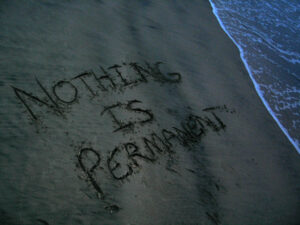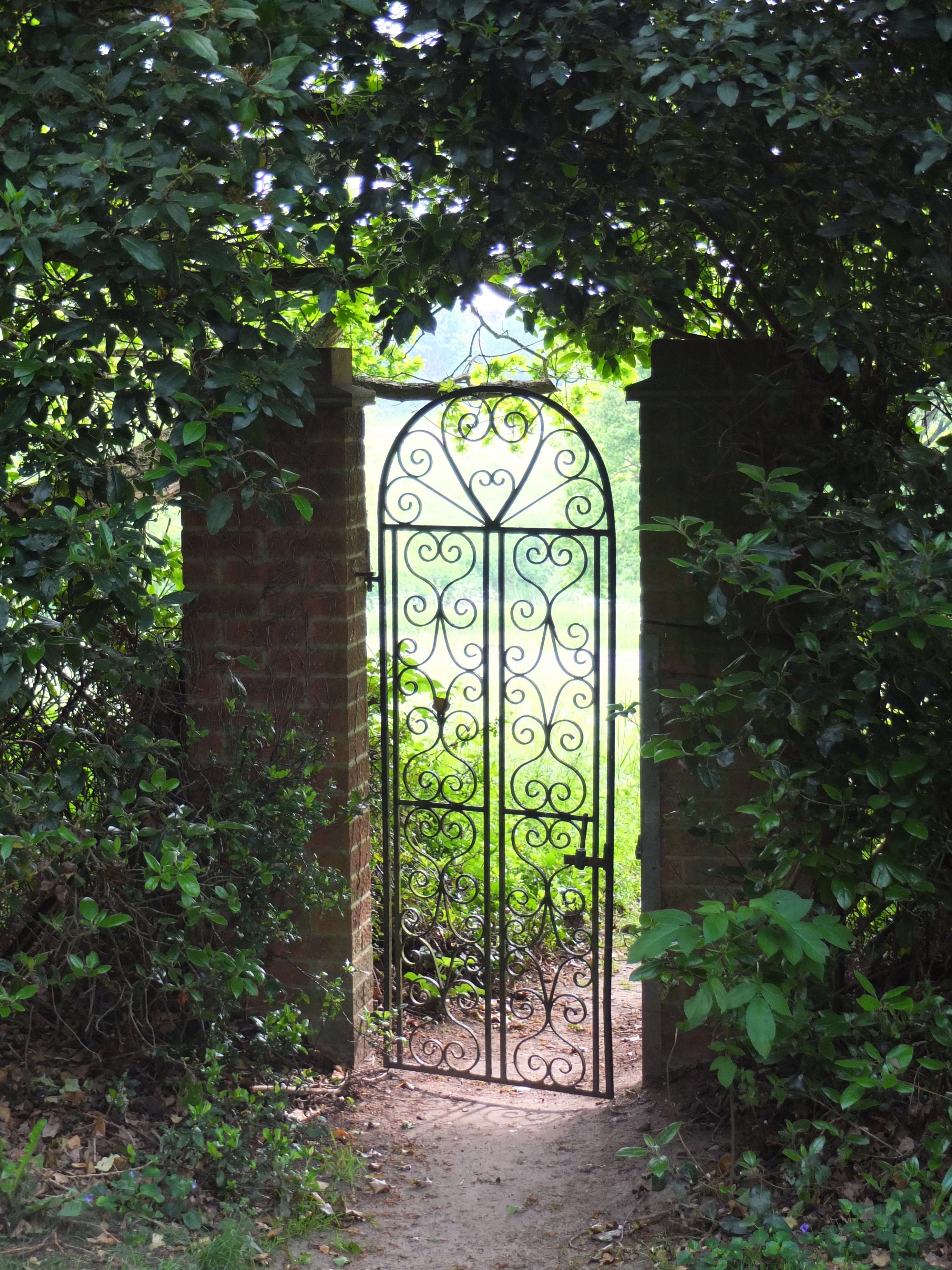 “I’m here to tell you the tide will never stop coming in. I’m here to tell you whatever you build will be ruined, so make it beautiful.”
“I’m here to tell you the tide will never stop coming in. I’m here to tell you whatever you build will be ruined, so make it beautiful.”
Hala Alyan
I find myself sitting here – on a blustery Valentine’s day – gazing from my studio window at the grey, choppy sea and the distant mountains – pondering questions of (im)permanence.
There is no question – regardless of anything that we might do – that this sea and these mountains will exist long enough to register as permanent (certainly by comparison with our measly four score and ten)… whereas the cherry blossom which is just starting to bloom on the tree at the bottom of our garden will be gone in a few short days (weeks at most).
A few years back – shortly after we came to Canada – I wrote a song which bore the title – ‘Cascadia‘. The lyric started thus:
Where I come from we are rooted in the land
Sinking where we stand in the slow sand
We know who we are – we’ve been here for so long
That even when we’re wrong we don’t care
In new found lands – where cities tremble on the brink
Closer than they think to Armageddon
Machines turn to rust and tremors shake the crust
Dominions of dust are blown away
The song came about because I was fascinated – having just moved to Canada – that in a country in which everything was considerably inflated by comparison with its north European counterparts (distances greater, climate more extreme, animals wilder, terrain more difficult) and subject to all manner of extreme events (snow storms, earthquakes, heat domes, avalanches, wildfires, arctic outflows, etc, etc) – domestic construction is, as far as one can tell, a good deal less robust than that to which we ‘old-worlders’ are accustomed.
Back in the UK I owned – at various times – portions of several houses constructed in the 1740s. Such buildings may have their short-comings by modern standards but they were clearly intended to last and tend to be fairly firmly embedded in the dark soils upon which they are erected.
Here in British Columbia most residential properties are constructed primarily of wood (no surprise there) and sit lightly upon the land. They are also considerably less valuable than are the plots of land upon which they are built. In many instances – should one see a house of maybe thirty or forty years of age for sale – one is not surprised when the purchasers simply tear it down and build a new one.
Even the fabric and fittings of these buildings seem destined not to be long for this world. Our house dates from the late 1970s and is thus positively ancient by Canadian standards. We were advised upon purchase that it had had its roof replaced some twelve years before our purchase – the which was therefore around halfway through its expected life (the shingles at least). The slate roof of our apartment in Buckinghamshire in the UK dated was back to sometime in the 19th century! The hot water tank here (powered in Canada by what we Brits would call an immersion heater) was replaced (cheaply!) when the house was put on the market in 2015. The Girl assures me that it is thus nearing the end of its useful life and must needs be exchanged for something more robust. I am sure that she is not wrong!
I am not entirely sure why I am musing upon such matters at this point – though the long wait for spring might have something to do with it. Yesterday and today have been particularly blustery and we were without power for a number of hours overnight – though fortunately all was restored by the time we awoke (thanks BC Hydro!).
Anyway – I feel that it will not be long until the news here, at least, takes a turn for the better.


Recent Comments